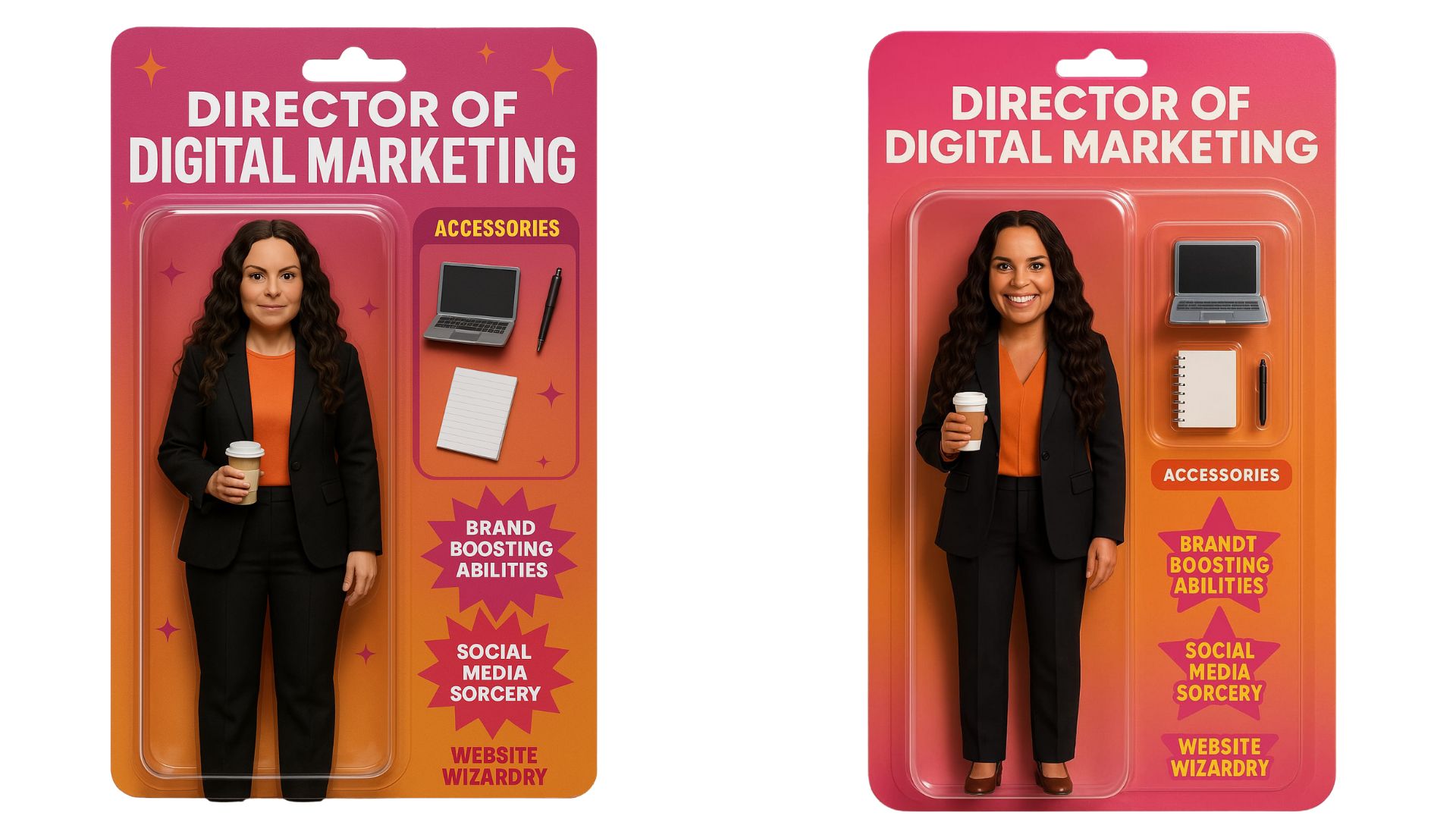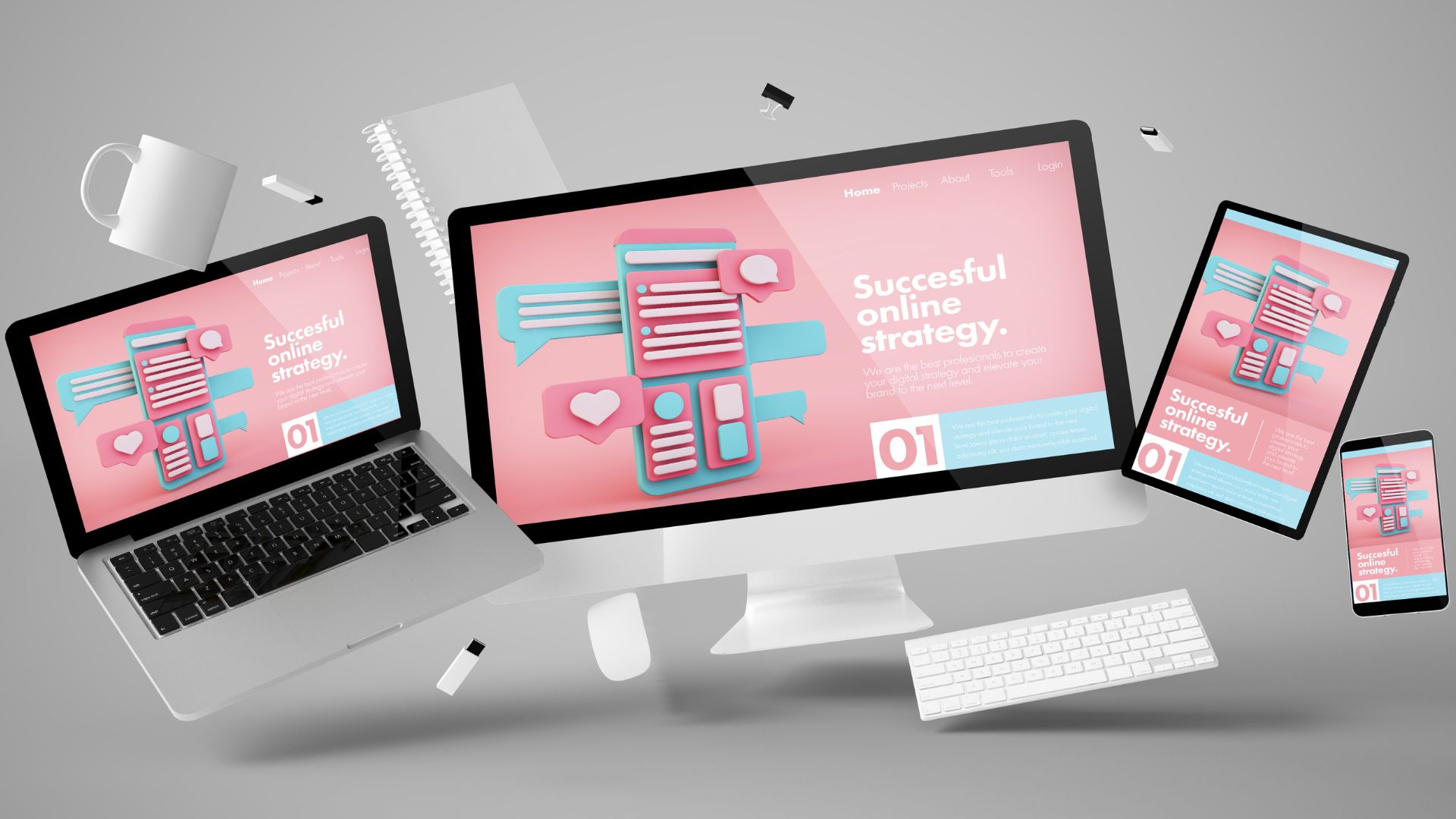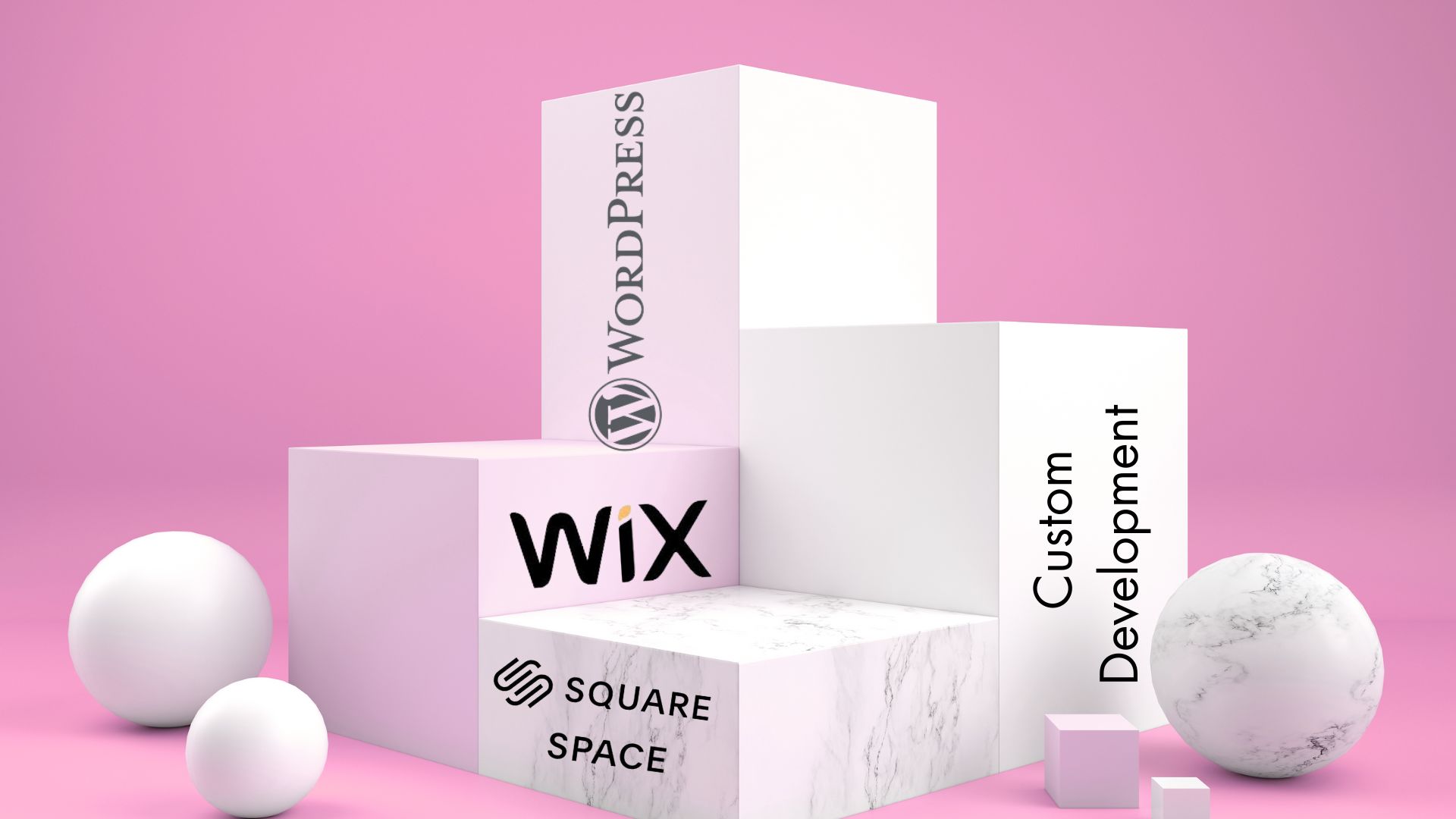How to Create Your Own Viral Action Figure Image Using AI (Step-by-Step Guide)
How to Create Your Own Viral Action Figure Image Using AI (Step-by-Step Guide)
You’ve probably seen them popping up all over social media — professionals turned into toy action figures, complete with accessories, bold packaging, and a healthy dose of nostalgia. It’s the latest trend that’s making LinkedIn, Instagram, and Facebook a lot more fun.
But it’s more than just a playful gimmick — it’s a clever way to build your personal brand, show creativity, and connect with your audience. And the best part? You can create your very own action figure image in minutes using free tools and a little guidance from us here at Cocktail Creative.
Whether you’re a business owner, freelancer, or just want to join in on the fun, here’s how to do it.
🧃 Why Is the Action Figure Trend So Popular?
This trend taps into our love of 90s/00s nostalgia, packaging design, and of course — a bit of humour. But it’s also smart marketing. These custom images are:
- Eye-catching: They stand out in the scroll.
- Shareable: People love tagging their colleagues or creating their own.
- Personal: You can customise it to reflect your real job, tools, and industry.
- Creative: It’s a fun way to showcase your brand personality — and AI skills.
At Cocktail Creative, we’ve created one of our own (check out our Digital Director in full action figure glory!) and since then, we’ve had loads of people asking how to make theirs. So here’s the step-by-step guide…
🛠️ How to Create Your Own AI Action Figure Image
You’ll need:
- A clear photo of the person’s face.
- ChatGPT (free to use at chat.openai.com).
Step 1: Upload Your Photo
Take or choose a well-lit, front-facing photo of the person you want to turn into an action figure. The clearer the face, the better the result.
Step 2: Head to ChatGPT
Sign in or create a free account at chat.openai.com. Start a new chat and upload your photo.
Step 3: Use This Prompt
Copy and paste the prompt below — then tweak it to suit your figure’s look, job role, and accessories:
Create an image of an action figure in packaging labelled “Name/Job Title”. Use the attached photo as a reference for the face. “He/She/They” is/are dressed in “describe the clothing” and holding “item you would like in their hand”. Show the feet of the figure wearing “x colour shoes/boots/trainers” and make the whole figure contained within the clear plastic packaging and of 3D appearance.
The cardboard section should be “colour/colours”. Include an ‘Accessories’ section that will include “x, y, z”. Make the accessories look 3D and also contained within clear plastic packaging. Make the design visually appealing and reflective of a “your industry”. Do not include the character image on packaging. Please include “colour name” stars on the packaging advertising the following features: “x”, “y”, “z”.
👉 Feel free to get creative! Want your figure holding a laptop and a coffee cup? Wearing high-tops and a neon suit? Go for it. That’s part of the fun.
🎉 Show It Off
Once the image is generated, download it and post it to your social media. Tag your job title, add a fun caption, and don’t forget to mention who helped you (we wouldn’t mind a little shout-out 😉).
And hey — if you’re not sure how to get the best results or want a professionally branded version of your figure, we’d be happy to help.
💡 Looking to Boost Your Own Brand?
At Cocktail Creative, we specialise in helping individuals and businesses stand out online. Whether you’re just starting out or giving your brand a refresh, our services include:
- SEO Content Writing
- Social Media Content
- Promotional Material Design
- Website Design & Redesign
- E-Designs for Online Use
- Marketing Consultancy
- New Business Starter Packages
✨ Let us add a splash of creative magic to your brand — just like we did with this trend.
Contact us to get started or follow us on Instagram, LinkedIn, and Facebook for more ideas, tips, and inspiration.










